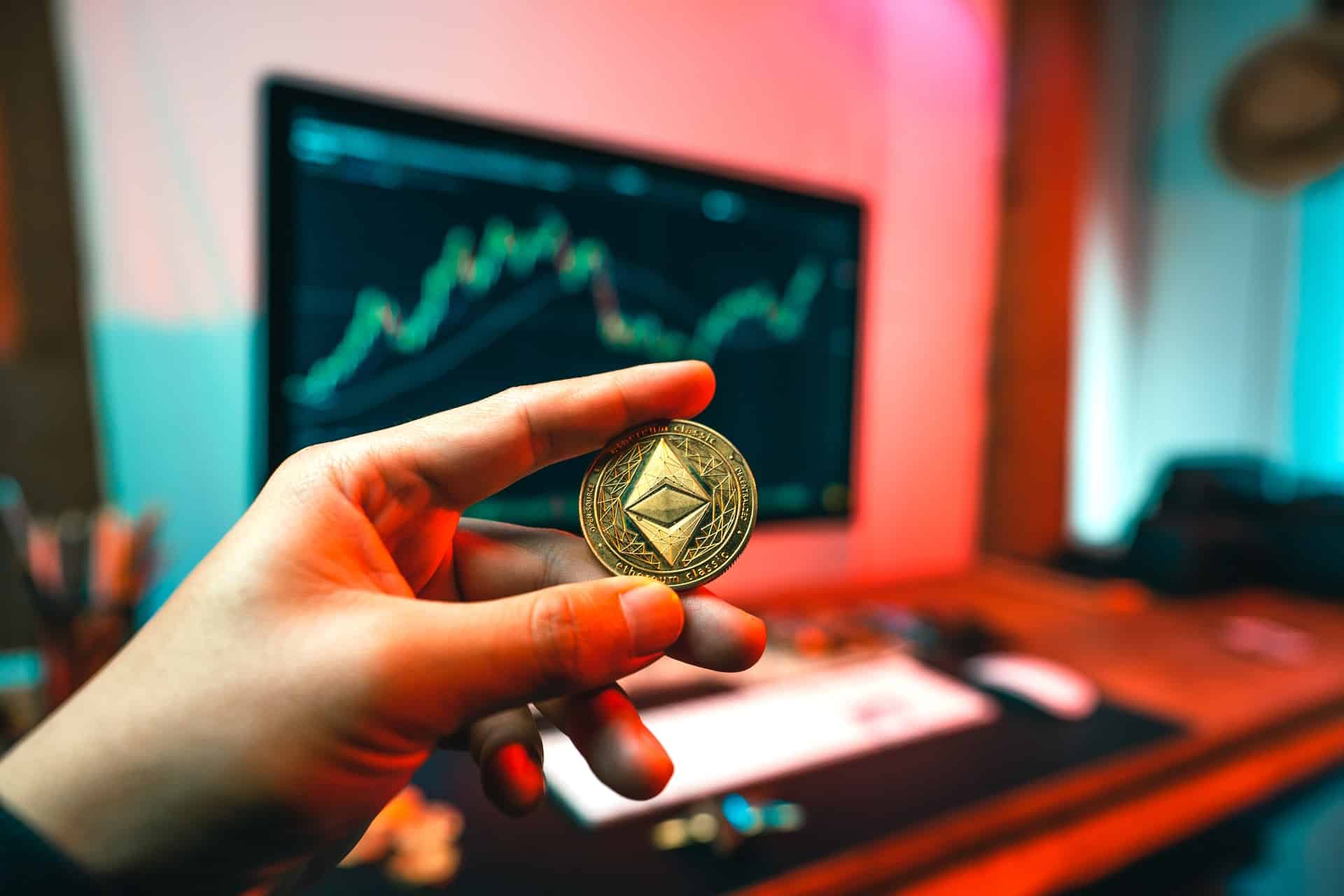We’ve seen huge swings in the price of Ethereum gas fees over the past couple of years. These price swings have led to many retail investors being unable to join the network and migration to other blockchain-based networks.
Although Ethereum fees have risen significantly over the past few months, the network continues to reduce these costs in order to attract wider adoption. We have looked at the fundamental dynamics of Ethereum fees and the reasons why they have fluctuated so dramatically in recent years.
IMAGE: UNSPLASH
The Law Of Supply & Demand
Prices are used to represent Ethereum fees, just like any other economic good. Prices are subject to the laws of supply-demand, and there are no exceptions. Prices rise if the demand for a product increases while supply remains constant. Prices fall when demand is lower, and supply remains constant. Tru-isms such as the former and latter are Economics 101.
The shifting ratio between the current supply and the current demand is what causes a changing price. Even though it isn’t very obvious, this ratio is constantly in flux. Prices change and adjust as supply and demand change and adjust. Transaction fees on public blockchains like Ethereum are the same.
Why Is Ethereum’s Fee More Expensive Than Other Public Chains?
People will pay for something, just like in any market. If they feel they’ll get marginal utility from it, they’ll be willing to pay. In other words, the fee makes economic sense. This logic explains why higher fees are justified because there is more economic activity on Ethereum than on other chains. Even automated trading tools, like Quantum Code, have noticed that more and more users are opting to trade in Ether when given the option to diversify their crypto portfolio on the platform.
Where Is The Supply & Demand Coming From?
Today’s “supply” is commonly referred to as “Block -space,” which allows users transaction processing and settlement. Block-space is sold by miners to earn ETH. By paying a fee, Ethereum users can secure a place in a block.
The cost of the fee to be included in the next block will depend on the number of users competing for inclusion and the economic value that users are trying to transact. Small transactions are not subject to the $25-200 fee that most users pay.
Individuals and collectives using Ethereum are often making large-scale, time-sensitive financial transactions. These fees can be justified. These transactions can be used to swap, add collateral, pay down debt, buy an on-chain option, or for arbitrage.
Eth Gas Station allows you to view the list of individuals who are paying these fees. A top 25 leaderboard listing the top “gas guzzlers in Ethereum” will be displayed. While the top gas-guzzlers may change depending on what’s going on in the network, there are some regulars, such as Uniswap, who facilitate a large number of token swaps and regularly eat up a significant amount of block space.
Are There Cheaper Blockchains And Options?
There are always tradeoffs and costs in any engineering or economic endeavor. There is always a cost and a tradeoff to be made, no matter what the activity. There is no free lunch, and you won’t get it all. You don’t get the same service for a cheaper or lower price if you pay a lower fee.
While some blockchains may have more current capacity than others, they might be making compromises in other areas such as reliability or security to attain that higher capacity. It could also be less expensive because of the limited economic opportunities. The chances are high that once the economic opportunities become available, the chain will quickly become very expensive.
IMAGE: UNSPLASH
If you are interested in even more business-related articles and information from us here at Notilizer, then we have a lot to choose from.


COMMENTS